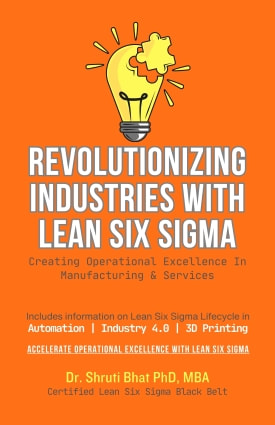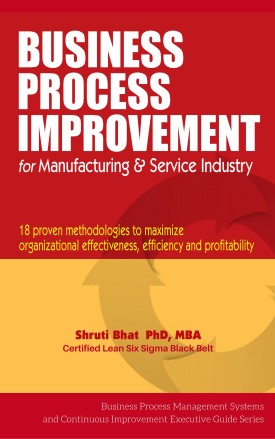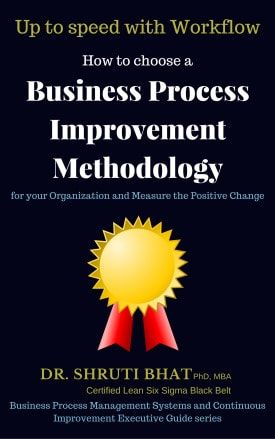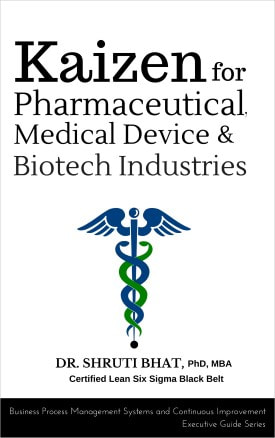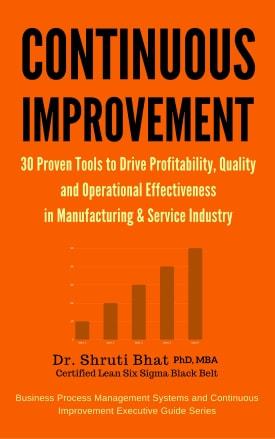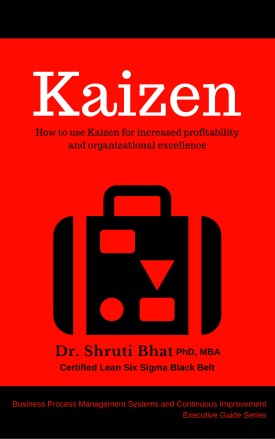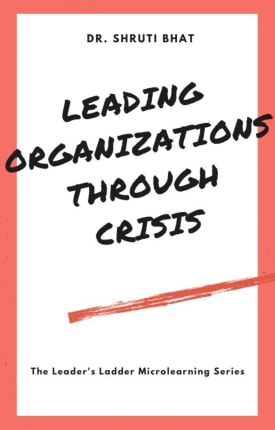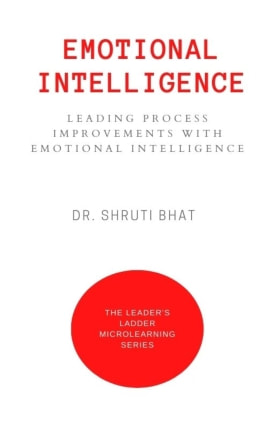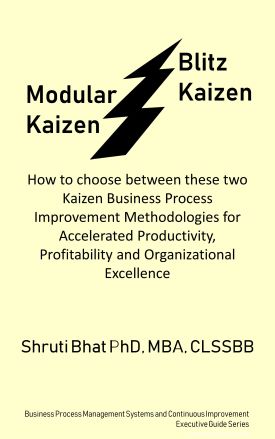V) ION-exchange SYSTEMS:
Ion-exchange systems generally use resins composed of water-insoluble cross-linked polymers. These polymers contain self-forming functional groups in repeating positions on the polymer chain. The drug is bound to the resin and released by exchanging with appropriately charged ions in contact with the ion-exchange groups.
The rate of drug diffusing out of the resin is controlled by the area of diffusion, diffusional path length and rigidity of the resin, which is a function of the amount of cross-linking agent used to prepare the resin. This system is advantageous for drugs that are highly susceptible to degradation by enzymatic processes, since it offers a protective mechanism by temporarily altering the substrate.
This approach to sustained release, however, has the limitations that the release rate is proportionate to the concentration of the ions present in the area of administration. Although the ionic concentration of the GI tract remains more or less constant, the release rate of drug can be affected by variability in diet, water intake and individual intestinal content.
An improvement in this system is to coat the ion-exchange resin with a hydrophobic rate-limiting polymer, such as ethyl cellulose or wax. These systems rely on polymer coat to govern the rate of drug availability.
vi) PRODRUG APPROACH:
The applications of the classical pro-drug approach in the design of oral sustained drug delivery forms has been limited due to various toxicological considerations.
However, theophylline, a fairly water soluble compound with good bioavailability having short biological half life and narrow therapeutic range (10 - 20 um /ml in plasma) when given orally but makes plasma concentration monitoring essential. In an effort to overcome these shortcomings, several sustained release products of theophylline have been designed.


